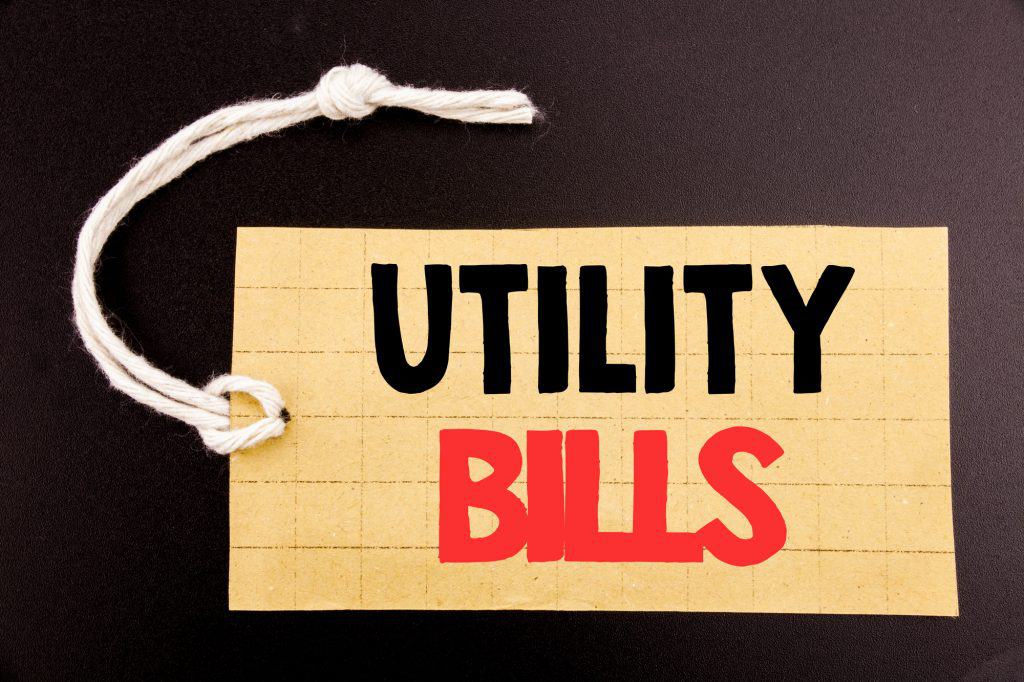What Is The Difference Between Electric Delivery And Supply?

You probably don’t stop and think about your electric bills too much, apart from an exasperated sigh that energy prices keep going up every year. If you have given your bills a second look, you must have found various separate charges that keep changing every month – and you might be wondering why?
We believe that knowledge is power so let’s dive in together and find out what supply and delivery charges on your energy bill stand for.
Understanding Your Electric Bill
To understand the different parts of your electricity bill, we need to back up for a bit to think about the different stages that the electric power passes, before it enters your house.

The process starts with electricity generation, for example by a nuclear plant or a solar farm. Electricity then has to travel long distances from the generator to your town via high voltage lines, until ultimately it is distributed via lower voltage lines to your and other households.
Each of these stages of the electricity lifecycle carries a particular cost, which is ultimately reflected in your utility bill. When you examine your electricity bill, there are two different charges that you will see – a supply charge and a transmission and delivery charge.
Supply Charges
The supply charges of your energy bill cover the cost of generating electricity. This could, for example, be the cost of operating a nuclear power plant or the cost of setting up a solar or a wind farm. The amount reflected on your utility bill will be dependent on two factors – the quantity of electricity consumed and the price per kWh of electricity.
The price per kWh is determined by your contract details, either with your local utility (such as National Grid, Eversource, AEP, ConEd) or a competitive retail energy provider (REP). In energy deregulated U.S. states, home or business customers are able to switch the supply charges over to a different entity for a reduction in price.
How does energy deregulation work? Thanks to the National Energy Policy Act passed in 1992, customers in 18 U.S. states can switch from their local utility provider to another supplier in the competitive electricity and natural gas marketplace. Why would someone want to switch? Retail providers will compete for customers by offering lower rates per kWh, better customer service, but also an opportunity to switch to a 100% renewable energy plan.
What happens to your electricity bill after you switch? In practical terms, you won’t notice a difference. Electricity will still be delivered to your home and you will receive a utility bill at the end of the month. However, if you recall, your supply services charges depend on the quantity of electricity you consume and the price you pay per kWh of electricity.
That means that if you consume on average 700 kilowatt-hours of electricity and by shopping around for rates you are able to lower your price per kWh from 9.5 cents to 7.5 cents, the supply portion of your monthly electric bill will go down from $66.5 to $52.5.
Delivery Charges
The delivery charges on your electricity bill reflect the costs of reliable transmission and safe distribution of electricity to your home. According to a 2015 U.S. Department of Energy report, 70% of power transmission lines are 25 years of age or older and in need of hefty investments, meaning that the delivery charges on the utility bills are bound to go up in the coming years.
Transmission Rates
Electricity suppliers pay rates to cover the cost of delivering electricity from the generation site over the high-voltage lines. These rates are federally regulated and governed and cannot be modified by the individual electricity suppliers.
Distribution Rates
The distribution rates cover the actual cost of the electricity delivery from the high-voltage lines to your door through the local power lines. These costs are incurred by the utility company that has put up the distribution network (think of power poles and lines) and through these charges, it is able to recover these costs back. Unlike with energy supply, utilities that deliver electricity have regional monopolies and therefore as a customer, you are not able to switch your delivery charges to another, competitive provider.
It makes intuitive sense. The infrastructure for the electric delivery to your home was funded by your local utility company and even if you were able to switch, electricity would have to travel through those same poles and lines to reach your home. Utilities would, of course, not want to give up these fees to someone else, since they have already borne the costs.
Transition Rates
Transition rates can also be found on the electricity bills of residential customers. They are designed to recover an electric utility’s transition or stranded costs as determined by the state Public Utility Commission. For example, some utilities in deregulated states include transition rates to recover the costs of restructuring their operation after deregulation became a legal requirement in the state.
Your Electric Bill

Now that we understand the different types of charges on your electric bill, let’s look at an example to test our newly acquired knowledge. Let’s say you live in Texas and you haven’t yet switched suppliers, so your electricity is still supplied by the local utilities and your supply electric rate is 11.85 cents per kWh.
Let’s assume that your delivery charges (distribution, transmission, and transition rates combined) is 7 cents per kilowatt-hour. If you are a regular household, your monthly usage is around 600 kilowatt-hours.
Your current electric utility bill looks like this:
- Supply charge: 500 kWh x $0.1185 = $59.25
- Delivery charge:500 kWh x $0.07 = $35
- Total bill: $94.25
Let’s say you decide to switch your supply to a competitive supplier and find a plan with a locked-in rate of 8.50 cents per kilowatt-hour.
This is how your utility bill changes:
- Supply charge: 500 kWh x $0.085 = $42.5
- Delivery charge:500 kWh x $0.07 = $35
- Total bill: $77.5
Hopefully, this article has cleared up the different charges you will find on your utility bill and you now know what to do in order to reduce it. Since you can’t shop around for cheaper delivery rates, your only option is to reduce your monthly electricity usage. However, if you live in a deregulated U.S. state, you can reduce your supply rates by shopping in the competitive marketplace. Combine it with a reduced usage and you might be looking at some big savings the next time a bill comes along.
FAQs
Can I Switch Electric Suppliers?
If you live in one of the 18 energy deregulated U.S. states, you might be able to switch your electric supply from your local utility to a competitive provider. The benefit of switching is that you can find cheaper rates, reducing your overall electric bills. The increased competition has also driven many retail suppliers to offer superior service and products to woo in more customers. Enter your zip code on our website to see what electricity and natural gas plans are available in your area.
Can I Reduce the Electricity Delivery Charges?
The entity that is responsible for the safe delivery of electricity or natural gas to your door is the local utility company. This part of the energy market is still regulated, so as a customer, you are not able to switch the delivery service to another supplier. Since the amount you pay depends also on your consumption, the only way to reduce the electricity delivery charges is by practicing energy efficiency. If you use less electricity, both your delivery and service charges will be lower as a result.
Can I Reduce the Electric Supply Charges?
The Supply Charges on your energy bill cover the cost of generating electricity and are determined by two factors – the quantity of electricity consumed and the price per kWh of electricity. Thanks to energy deregulation, customers in 18 U.S. states can switch their supply service from the state utilities to a competitive retail provider. What’s the benefit of switching? In the competitive market, the offered electricity plans are often cheaper than the regulated rate offered by your utility company. In addition, retail suppliers offer additional perks to attract customers – giveaway products, green electricity, and attentive service.
Updated on



